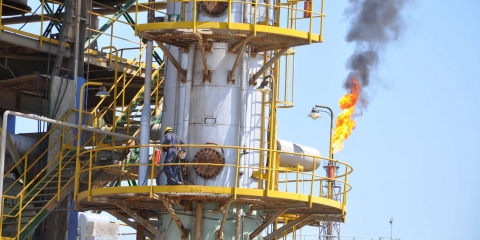Is ISIS Conceding Defeat?
Three years ago, Abu Bakr al-Baghdadi chose the Great Mosque of al-Nuri, in Mosul, as the site to proclaim his new Islamic State. The mosque, known as al-Hadba, or the “hunchback,” for its leaning minaret, is a fabled landmark in the Middle East. It dates back to the twelfth century. The creation of a modern […]Robin Wright writes for The New Yorker:
Three years ago, Abu Bakr al-Baghdadi chose the Great Mosque of al-Nuri, in Mosul, as the site to proclaim his new Islamic State. The mosque, known as al-Hadba, or the “hunchback,” for its leaning minaret, is a fabled landmark in the Middle East. It dates back to the twelfth century. The creation of a modern caliphate was symbolized when the black ISIS flag was hoisted atop the minaret, on July 4, 2014. It was Baghdadi’s first, and still only, public appearance.
“I do not promise you, as the kings and rulers promise their followers and congregations, luxury, security, and relaxation,” he said, from the mosque’s pulpit. “Instead, I promise you what Allah promised his faithful worshipers”—a jihad to consume all other territory and people in the world. “This is a duty on Muslims that has been lost for centuries.”
The Iraqi Army had set its sights on the al-Nuri Mosque as the ultimate prize in the campaign to oust ISIS from Mosul, which was launched eight months ago. Ferocious urban battles around the Old City have been fought within fifty yards of the mosque over the past few days. Iraqis hoped that their beloved mosque would be liberated by Eid al-Fitr, the joyful celebration that marks the end of the holy month of Ramadan. Instead, on Wednesday night, ISIS preëmpted the Army by blowing up the Great Mosque. Ironically, it acted during the period of Ramadan known as Laylat al-Qadr, when Muslims believe that the Quran was revealed to the Prophet Mohammed.





